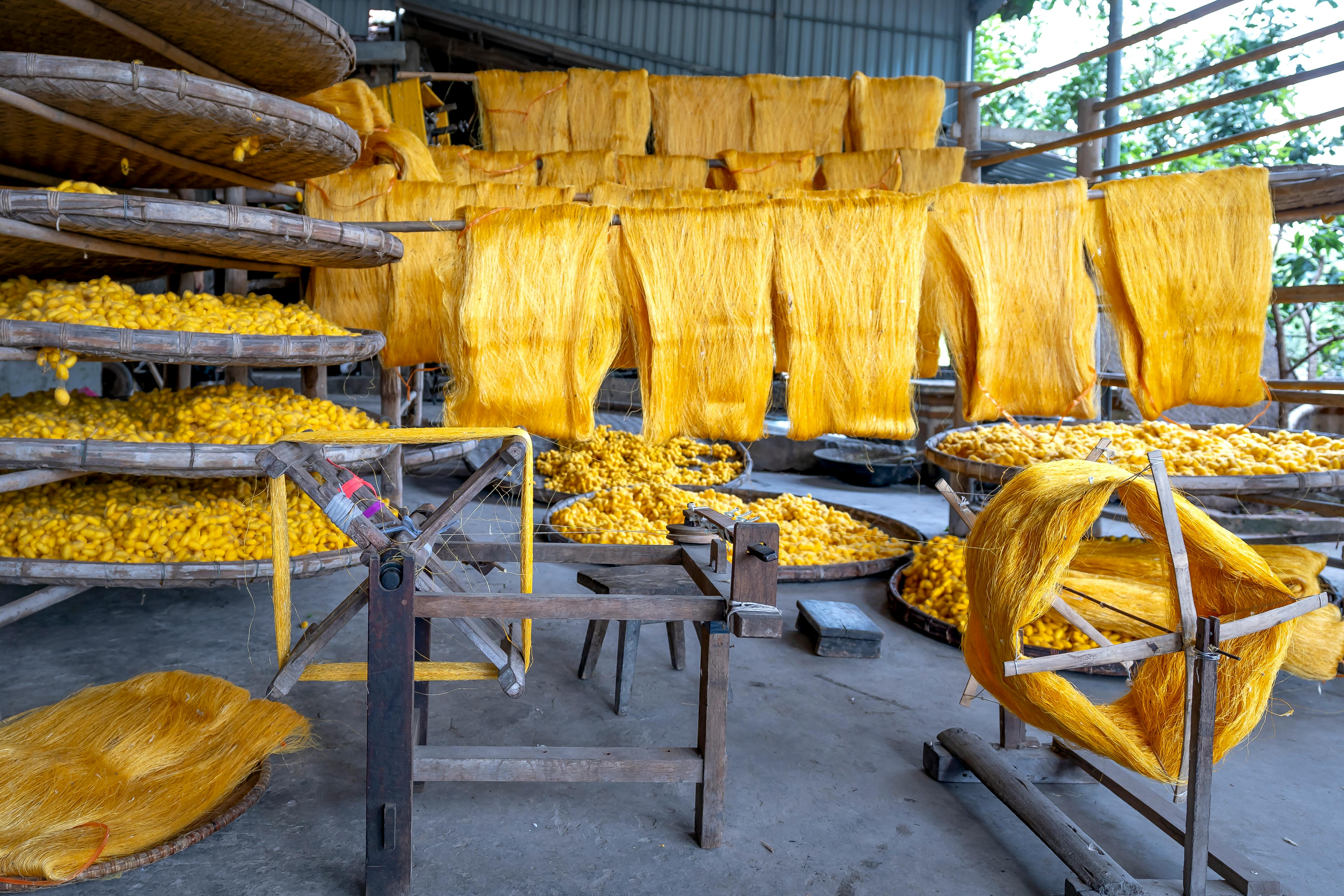French author, social and political filmmaker: theorist, commentator and provocateur; Artist at the forefront of the Parisian revolutionary scene of the 1960s and leader of the radical International Situationist (IS) movement, Guy Ernest Debord took his own life in 1994 with a shot to the heart. Suicide was for Debord the last and last revolutionary act of resistance, for he turned his back for the last time on the world that disgusted him, a world that he had mysteriously predicted three decades earlier. Or as others have speculated, perhaps it was an escape from the disgusting celebrity status that was hot on his heels.
Faced with the world as he saw it, Guy Debord (1931-1994) responds as the pre-eminent radical artist of the revolutionary student scene in Paris. He central to the artistic movements, the International Letterista and, finally, the International Situationist movement. The Situationists, led by Debord, sought in his artwork to break the normal flow of what he calls the spectacle, and to abruptly startle the audience or viewer into authentic moments of life. His situations were intended to create a “unitary environment and set of events”. In 1972, although all the Situationists (including Debord) had apparently failed in their goals and been expelled, the group disbanded.
The text The Society of the Spectacle was published in 1967 by Debord to serve as a manifesto for the Situationists, and since then its pages have become homonyms of radical Marxist thought. The text offers a nauseatingly accurate description of what the next half century or so will have to offer to society and to the shaping of individuality. His perspective was one of desperation toward a culture born in 1920s America. The emergence of mass media and advertising accompanied new technological processes in production, fundamentally (d)evolving the landscape of, well… all of life. His is a vision in which everything that we could once regard as reality has been usurped, usurped by mere representation or appearance, where a parody of life is plastered to every surface and the viewer is blinded by the continual stream of images.
“Everything lived directly has moved away in a representation”
The relevance of Debord’s text sounds even clearer in the 21st century. Everything that was once lived is now simply represented, he says, the meaning, appropriate for today, is that we experience things as diverse and crucial as love, loss, learning and ambitions, both from images (and Debord write long before the color). television and the omnipresent flow of images from social networks) as we do from, let’s say: experience, family, friends, our own emotions and sensibilities; all of which lose their monopoly and influence over our interactions.
“The show is not a collection of images, but a social relationship between people, mediated by images”
Imagine even colors, which are truly original only when found in nature, now drowned out by their plastic, metal, or neon equivalents, so that we no longer come to associate things like color on sight with the natural world. When a child sees a butterfly for the first time in the summer, he will already have butterfly stuffed animals, stickers, cardigans, bed sheets and memories of thousands of images on television or iPad applications.
The spectacle, I imagine, is a bit like being told that the most powerful nation on the planet has had an electoral fiasco, and that a clown would be given a second term to lead the public voice, and without flinching too much, not laughing enough that a glass of beer or wine at the end of the day doesn’t gently divert your attentions. When you hear about wars, natural disasters, genocides, mass shootings, plane crashes, oil or nuclear spills and feel a bit bored at the time, we ask, how many? if not a new record, worse than ever. The mediation of any real event through images separates us and boredom ensues.
The whole world becomes a movie set, a fridge looks normal but it doesn’t open, the glass of water doesn’t spill when you hit it. A place where merchandise and commerce are majestic, behind which life is scattered in a misty background. Every beatific beach or bay, every jungle and wonder of the world becomes a hotel-owned tourist magnet, where guides from AA-recommended apps are hired to ensure safe delivery around said wonder, before a safe return to the hotel lobby .
“It’s not a real-world add-on, an added adornment. It is the heart of the unrealism of real society.”
Our detachment comes from an isolation/alienation from the world, as in early Marxism. Since the skilled worker is alienated from the finished product, seeing only the part, the consumer is insulated from the product, which is made in ways he does not care to consider, the labor in production is unknown to the consumer and therefore not appreciated.
“The satisfaction of primary human needs is replaced by an uninterrupted fabrication of pseudo-needs”
This is the lie at the heart of the desire-inducing mirage that is the show. Debord’s text is magnified in each element two decades after his suicide. The celebrity culture where stardom is aspired to, capturing the opposite of real life, fulfilling idealizations in a world where power, popularity, money, consumption and property are the rewards, and in the words of Debord they are “the beginning and the end of an undisputed world”. process”. Development of what already is, being the only end of the spectacular society.
We find the masses regardless of the food found in supermarkets, for the most part we have no idea where it comes from, or what it contains. We choose by appearance, and custom, payment, and exit to the parking lot. A detachment that leaves us today, unnecessarily eating genetically modified, chemical-soaked foods almost exclusively, with widespread health problems, including widespread obesity. We think of the decadence, the gluttony and the inevitable decay that comes to all worn things.
Human agency is another major concern for Debord. The show reduces our potential to the superficial, habitual and repetitive, producing an influence strong enough to diminish our perception, and directly our intellect, changing the parameters of our vision of reality and life. He considers the freedom of the individual who becomes a consumer, and how he is guided by the productive force that precedes him and his decision making. For Debord consumerism takes the mantle of religion to free man from the freedom to act on it.
“It is the omnipresent affirmation of the choice already made in production and its corollary in consumption”
Without reading Debord directly, the easiest route to his mindset about life on the show is simply to consider the movie The Matrix or The Truman Show, both of which share ideological roots with the philosophy of show business. On The Truman Show we remember the line “it’s all true. It’s all real. Nothing here is fake. Nothing you see on this show is fake. It’s just controlled.”
To get an idea of what the show is, turn on a finely tuned tack sensor, walk down the street or visualize yourself walking and seeing a certain tack on everything designed to take your money, billboards, signs and posters, hotels, malls commercial, products, car designs, product packaging, even social housing and all new construction housing. Think of public gym spaces in parks, and the tiny symmetrical grassy spots dotted around municipal housing to satisfy the longing for something real, or the need to add exercise as an extra to an everyday life without any. Every contrived broadcast on social networks, every personality built on superficialities. The show is the producer of all the clichéd moments.
Debord’s contemporary, Jean Baudrillard, later writes of a similar notion of the spectacle, titled simulation and simulacrum. Representation has taken a step further in isolating reality, he says, the map not only covers the territory, but also that it does not exist, in today’s world Baudrillard writes, the signs and images that we associate with things no longer have a reference , the map does not correspond to anything, in fact the map, the lie in a certain sense, precedes and produces the “real”.
Consider the many stories told throughout history about religion, as well as our ideas that constitute the actual existence of religious practice: churches, pews, stained glass windows, bibles, crucifixes and other symbols, the institution of the Vatican, etc.; the problem is that when we remove all these things, we find that they all hide the fact that there never was a God that those things corresponded to in the first place, the stories were misleading.
For Baudrillard, Disneyland is an artifact built to make the rest of Western civilization seem real. Disneyland is the imaginary, the cities that surround it by contrast, the real. But for Baudrillard the authenticity of reality is no greater than Disneyland, Disneyland limits itself to hiding the similarity with the simple fact of pretending to be different.
As a thought experiment as to whether Debord, Baudrillard and others had something on show business, where image saturation dominates every corner of our real lives, I think of this: imagine if you were once dead and buried nothing but a constant sensory sensation. cycle of what has been lived repeated in eternity. The proportion of time you’d go back to seeing ads and an evolution from gameboy to snake, to nonstop social media updates, funny animal videos, and pixels in color-changing shapes in your expanded tunnel vision in candy crush? If life repeated itself like this, what would you notice on the periphery?



